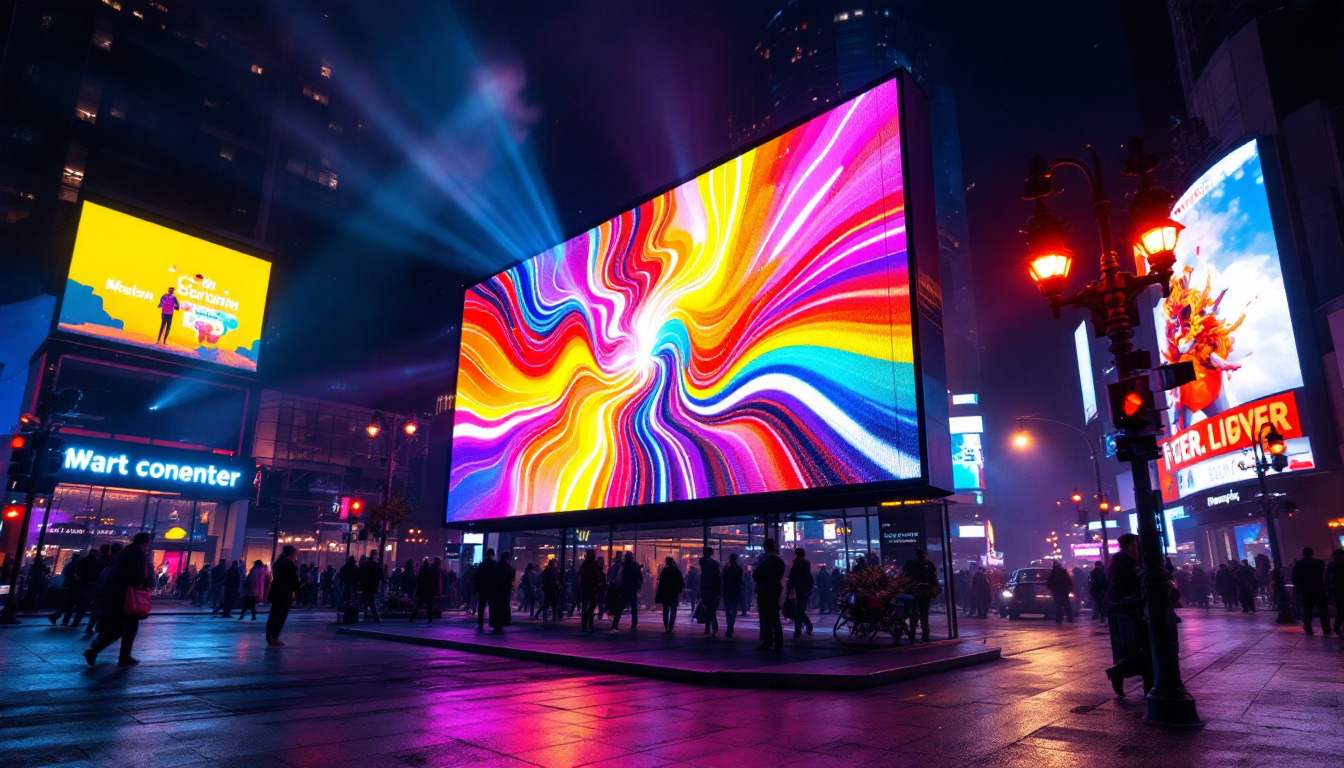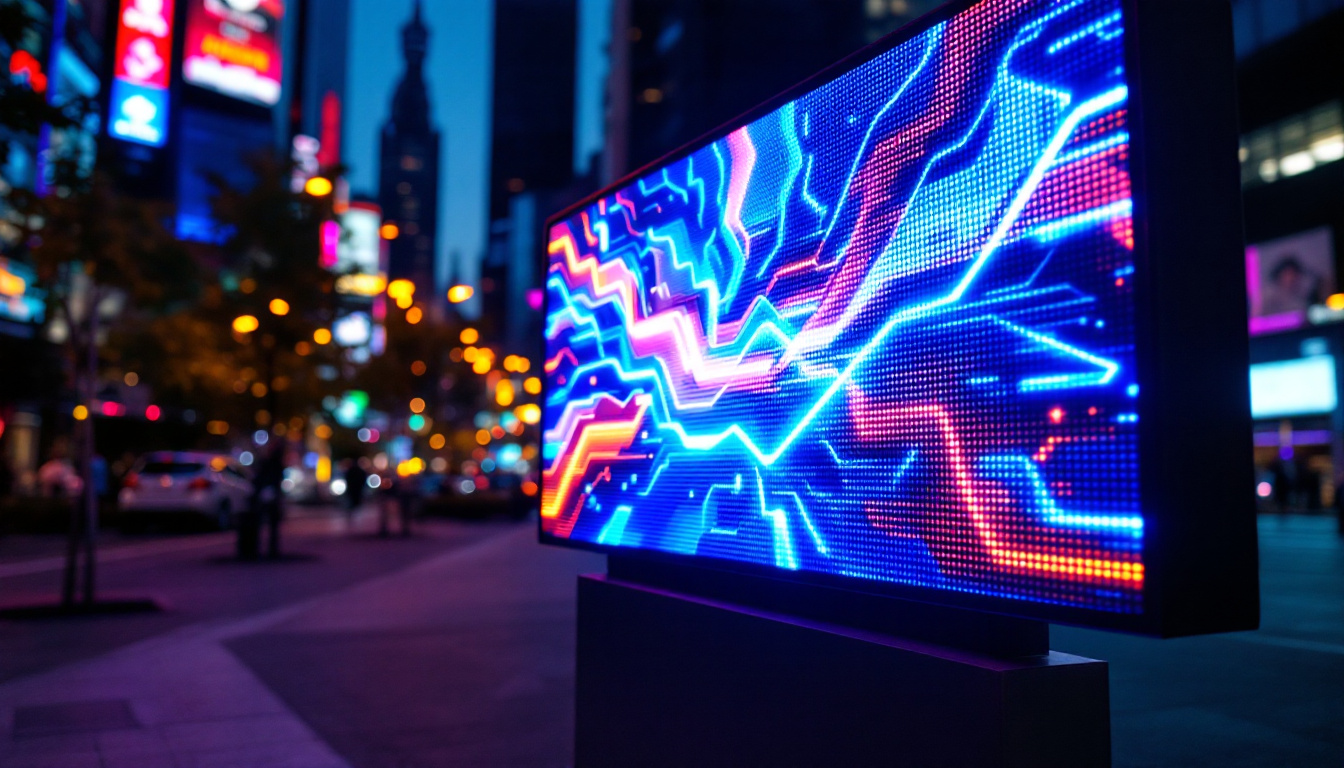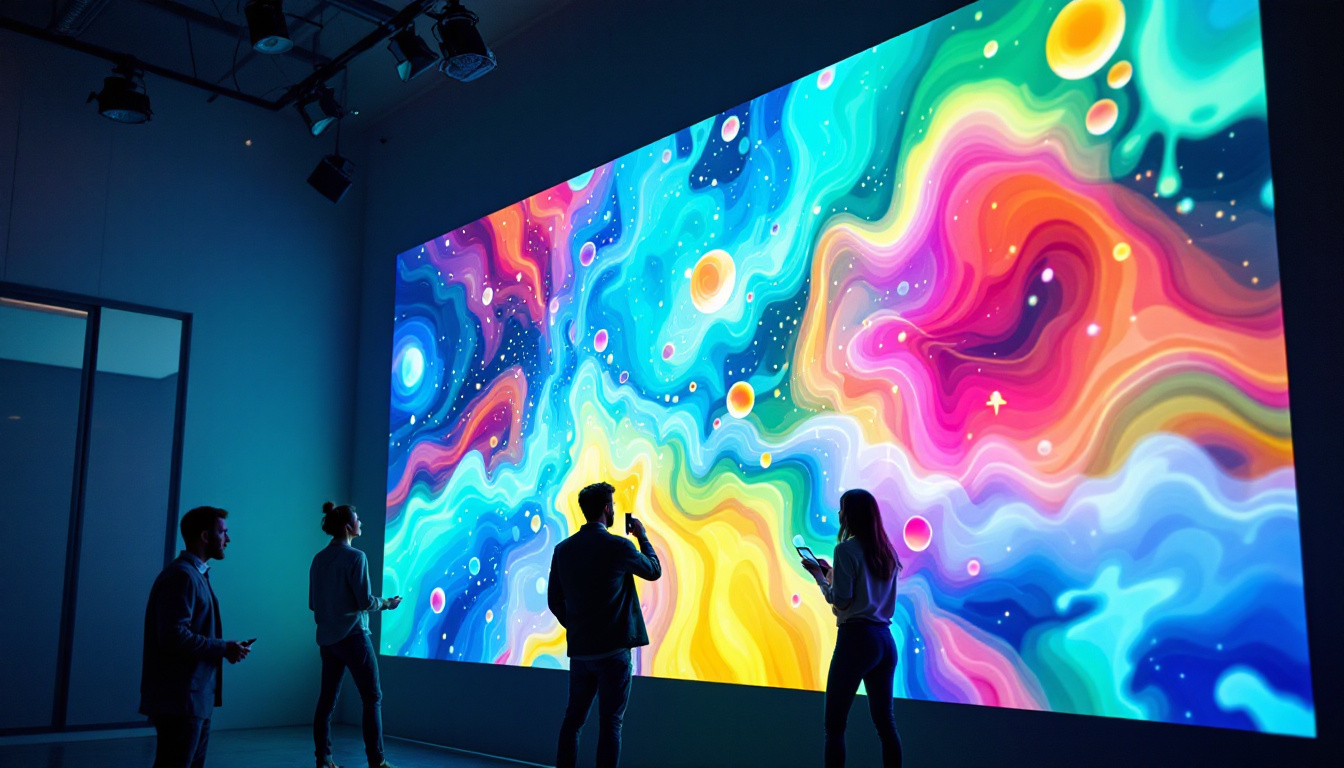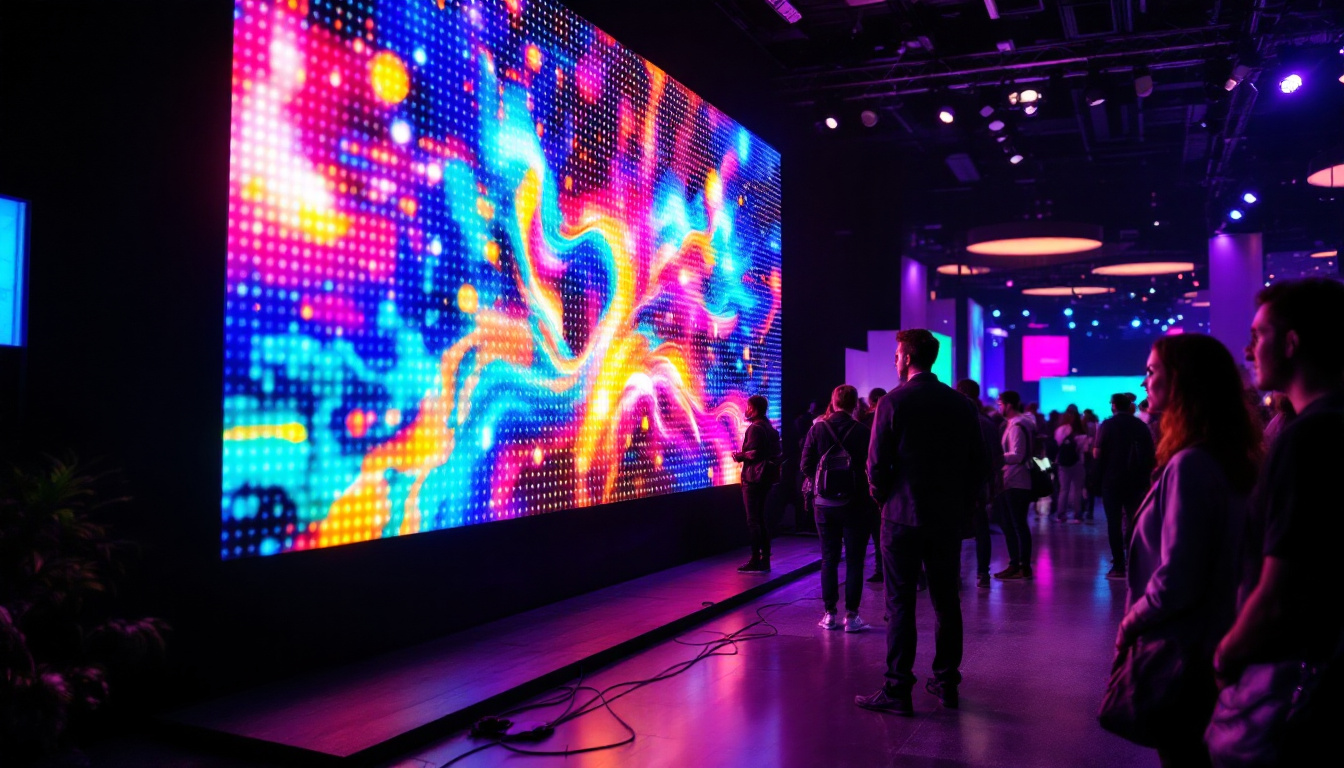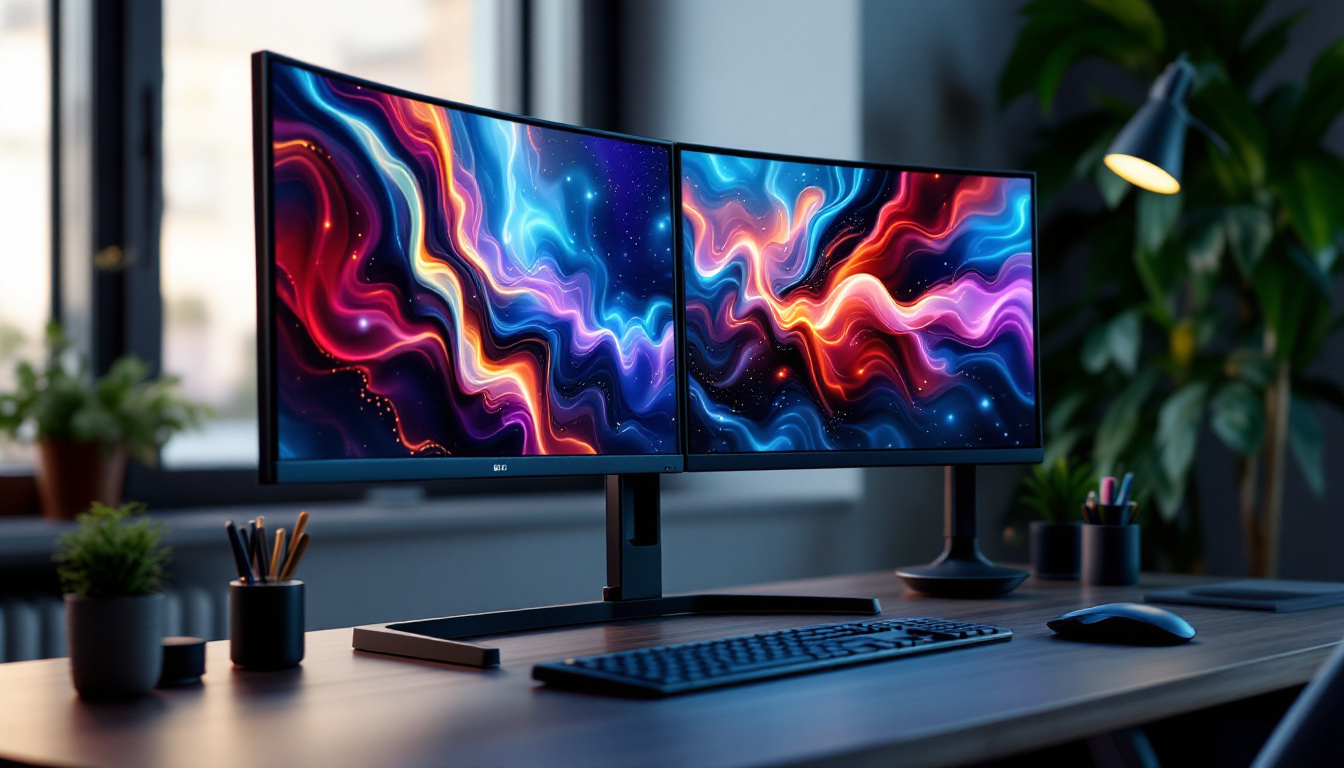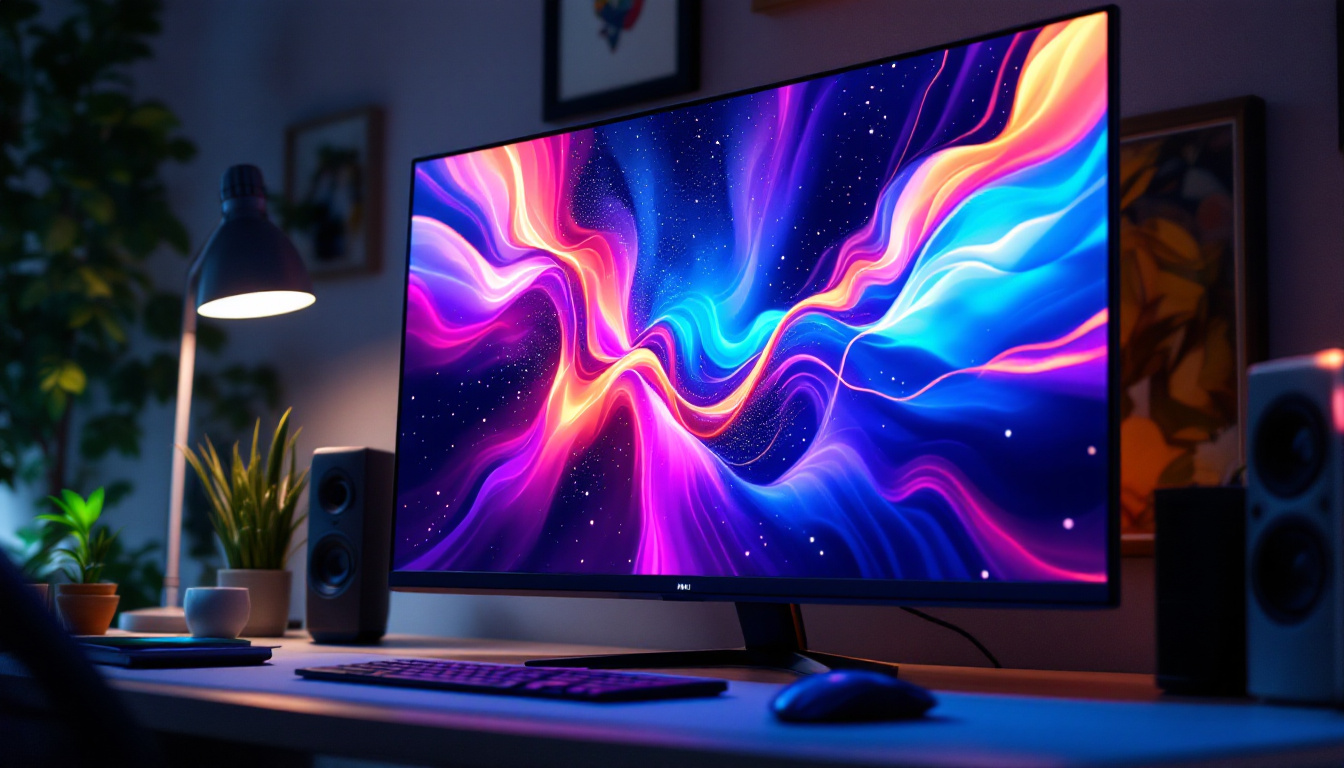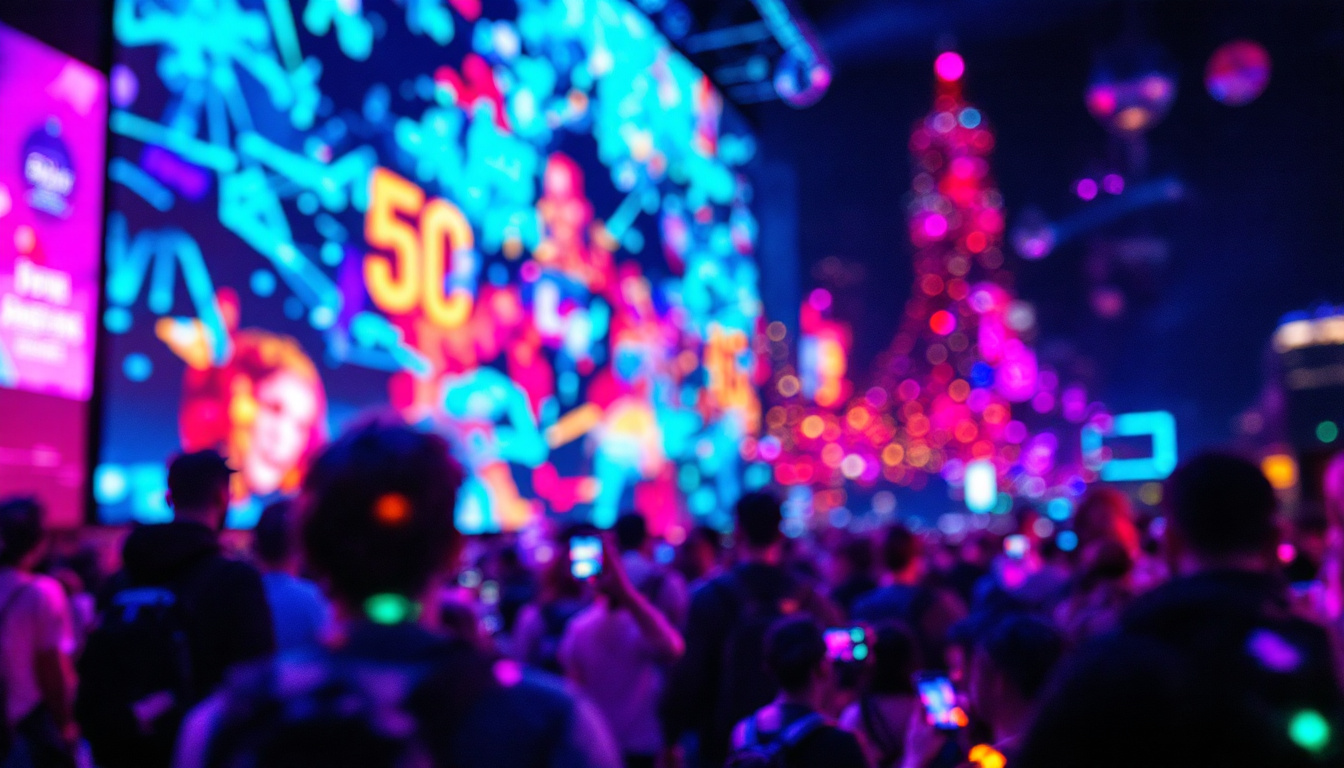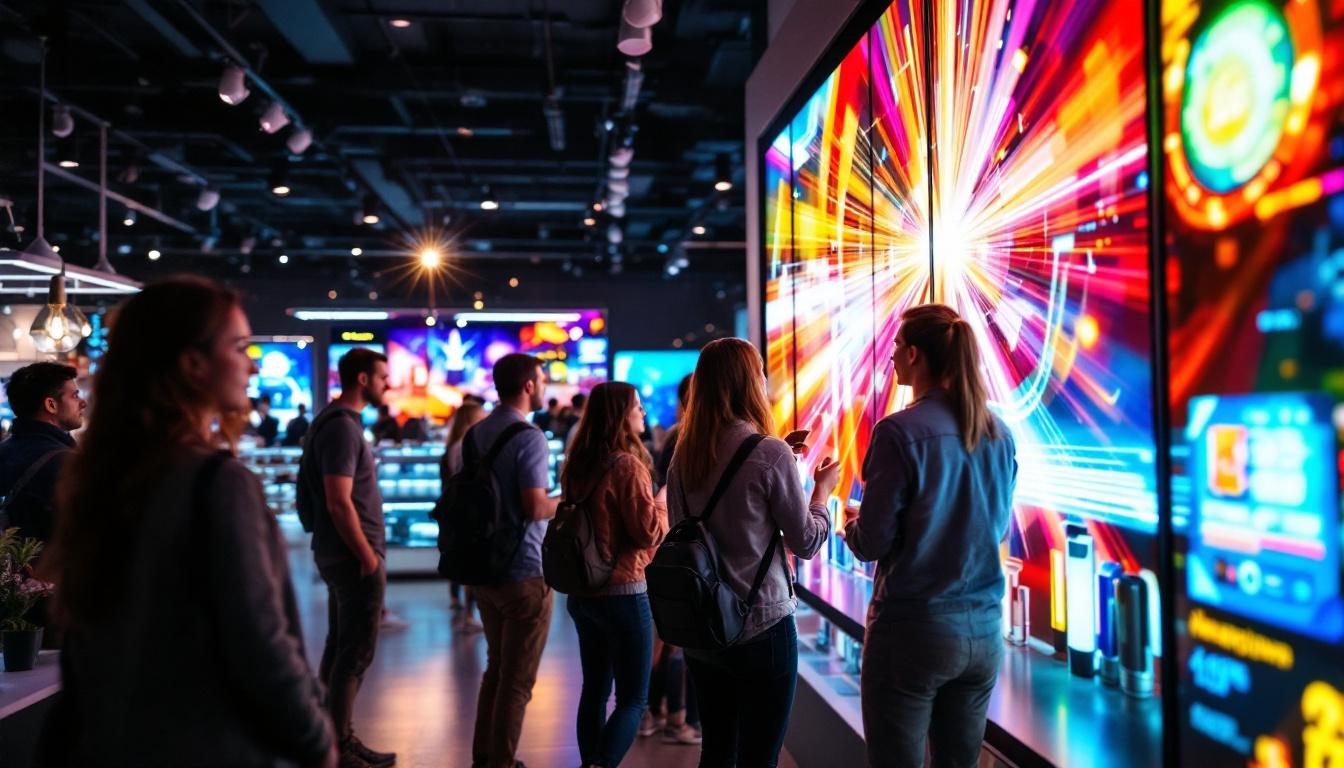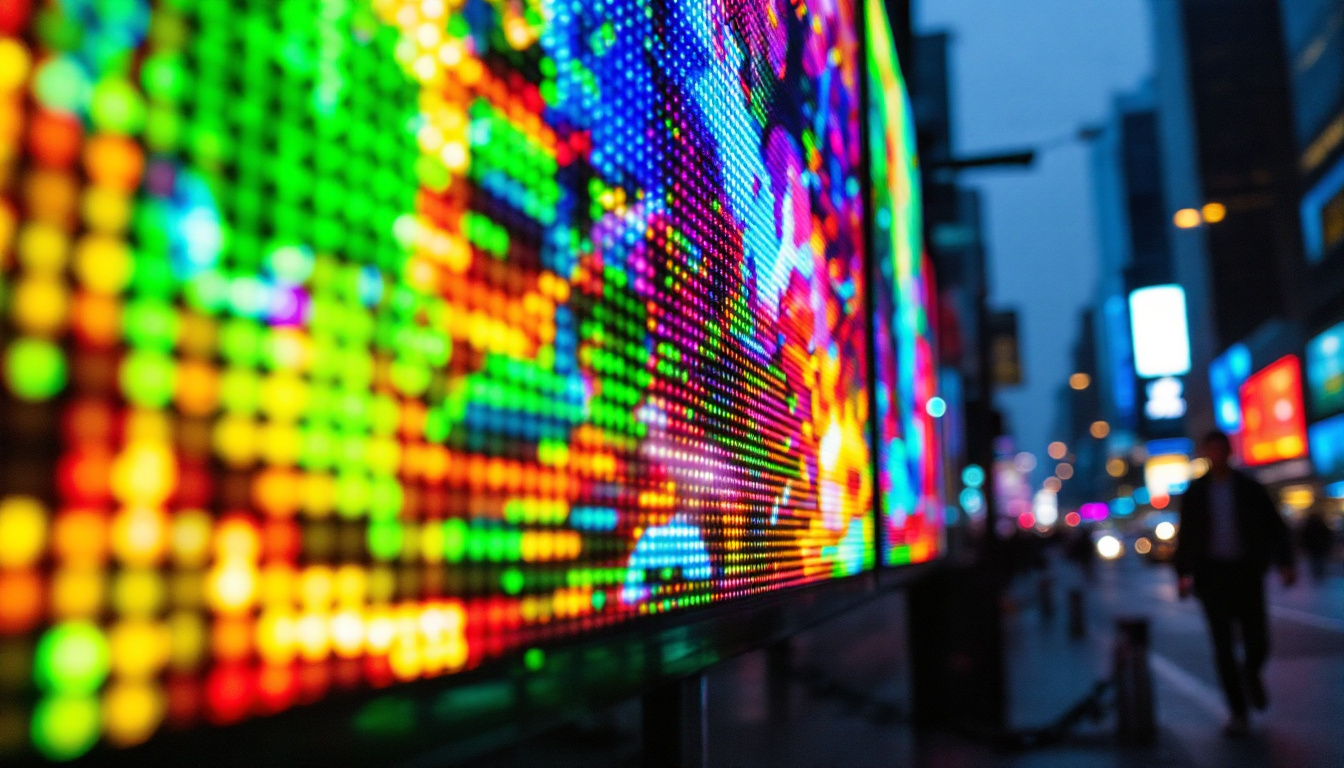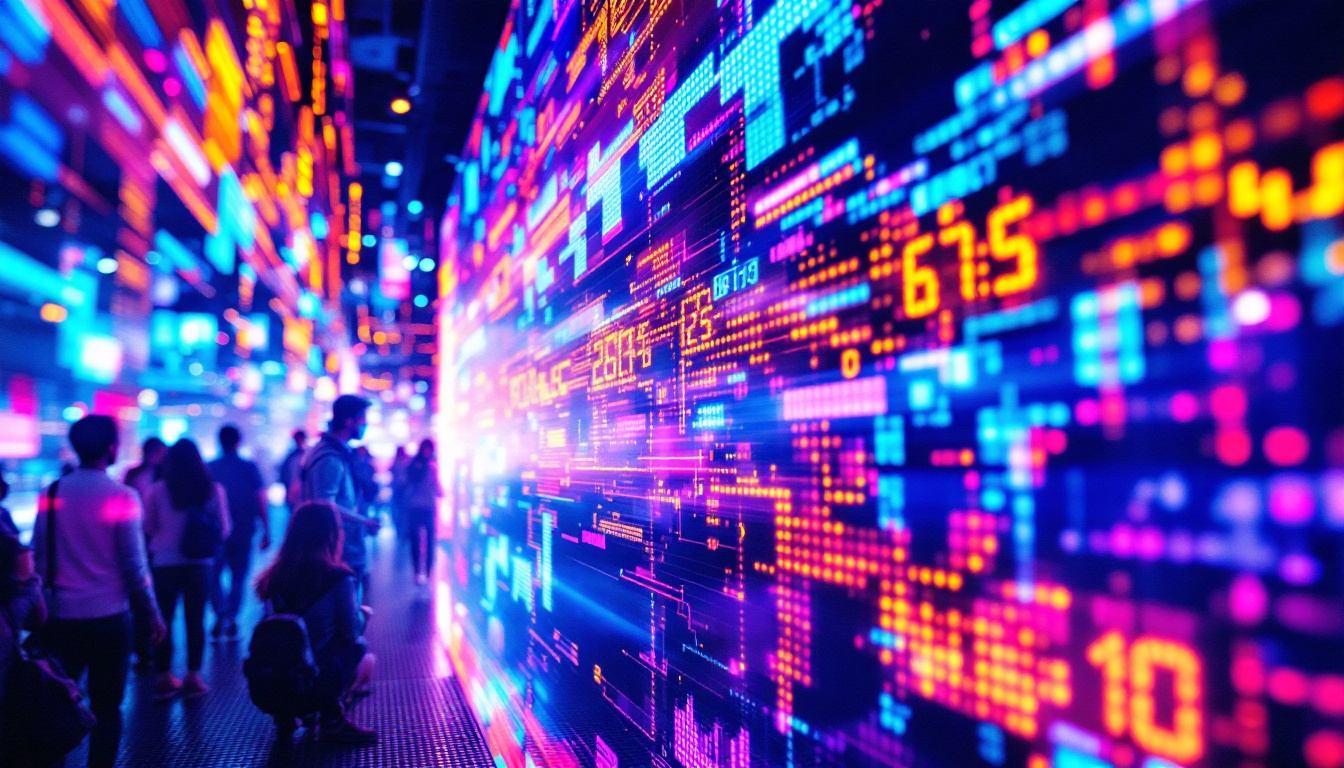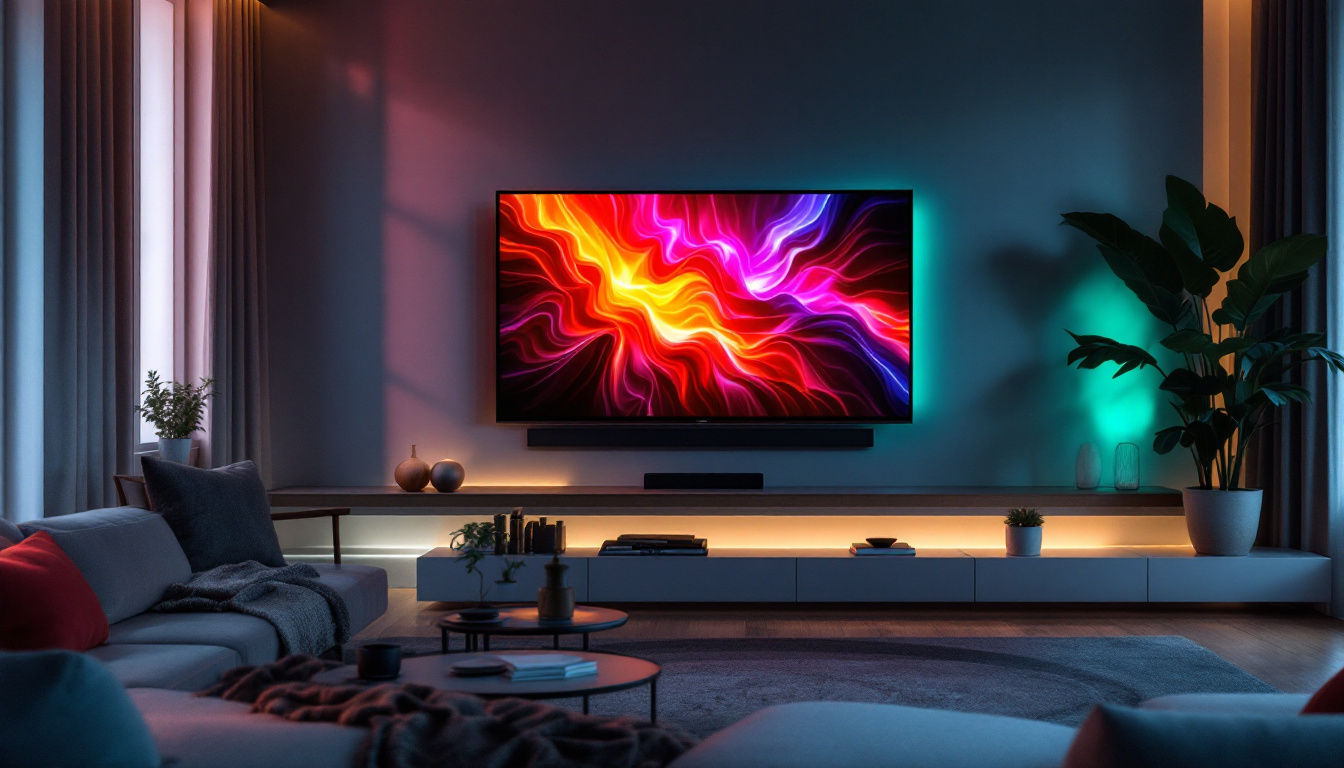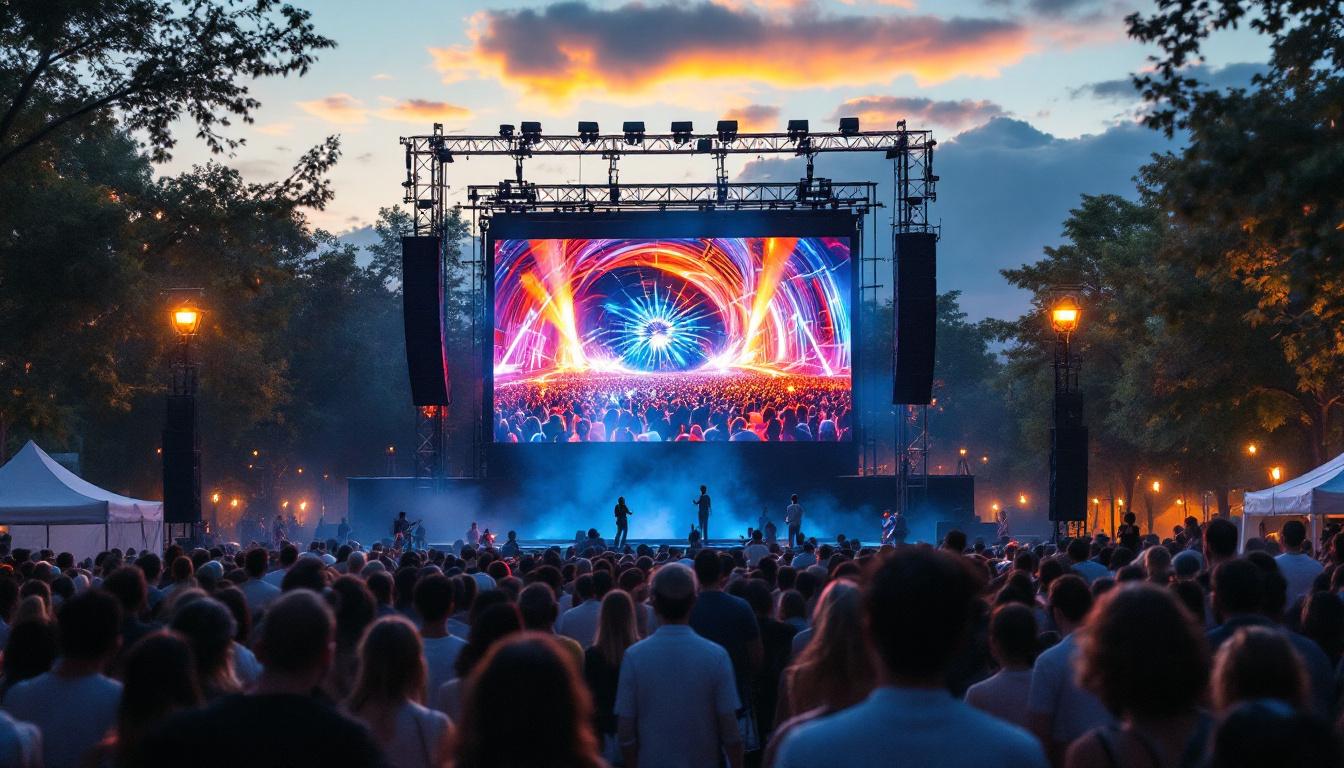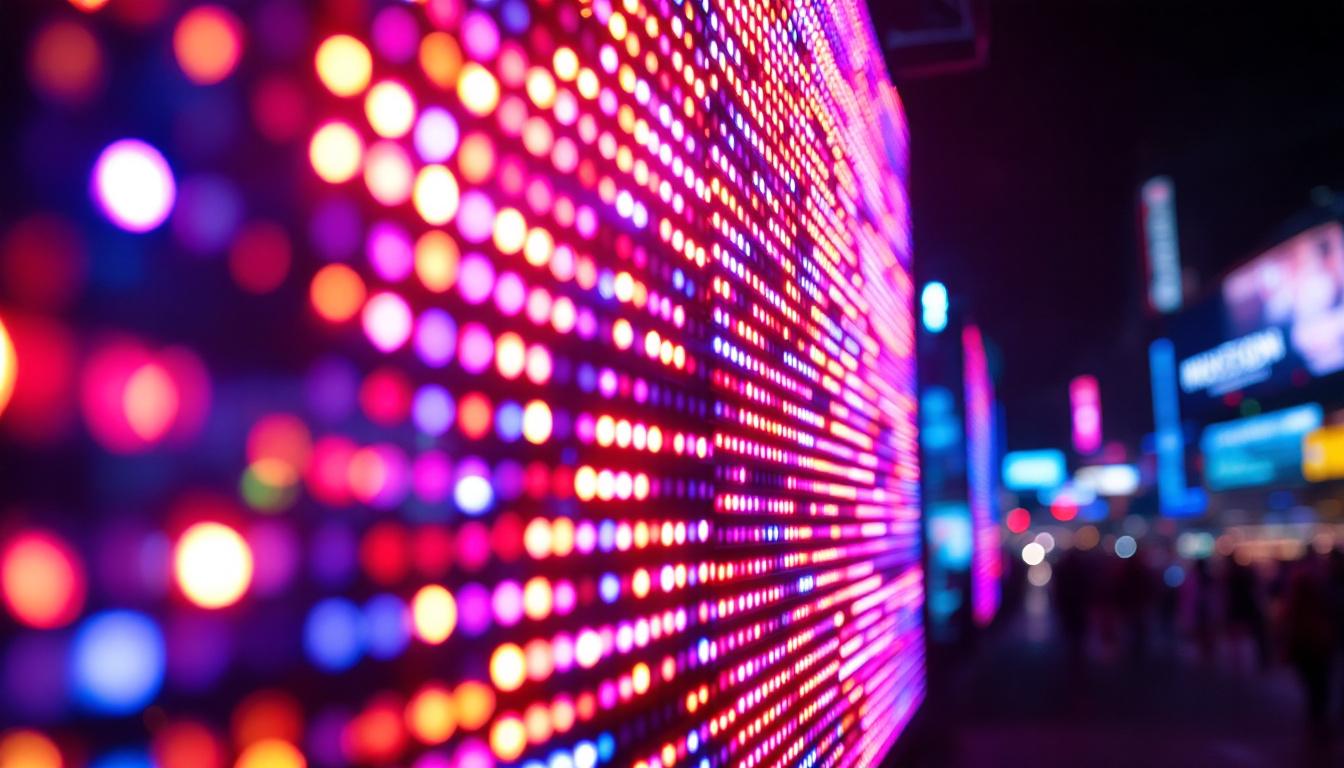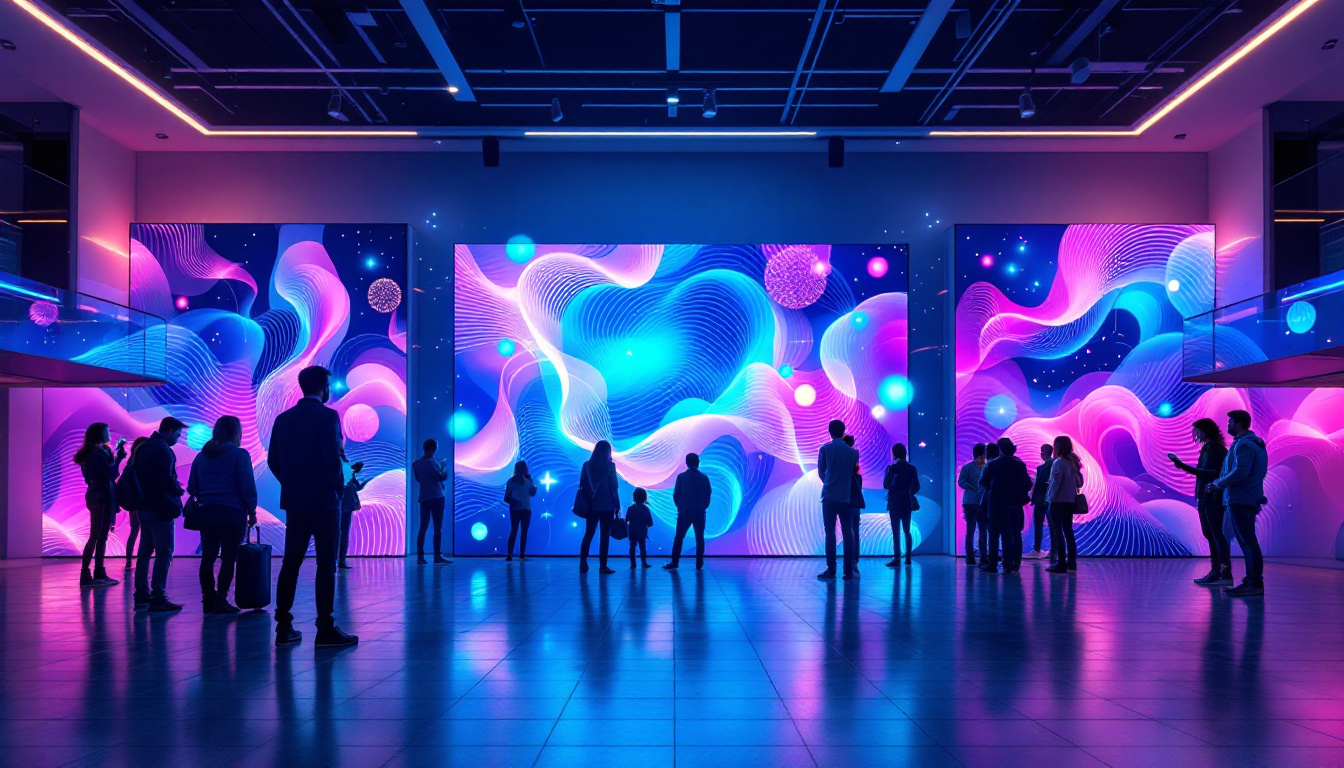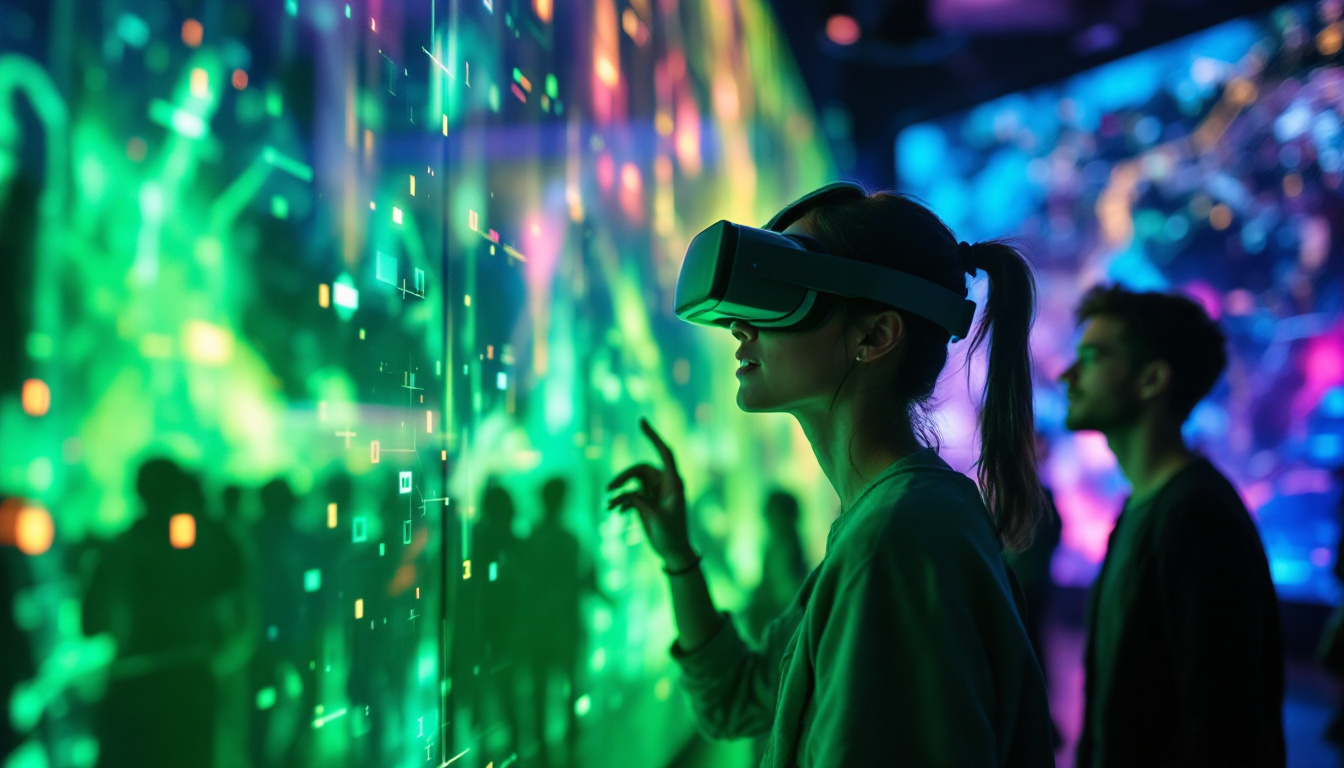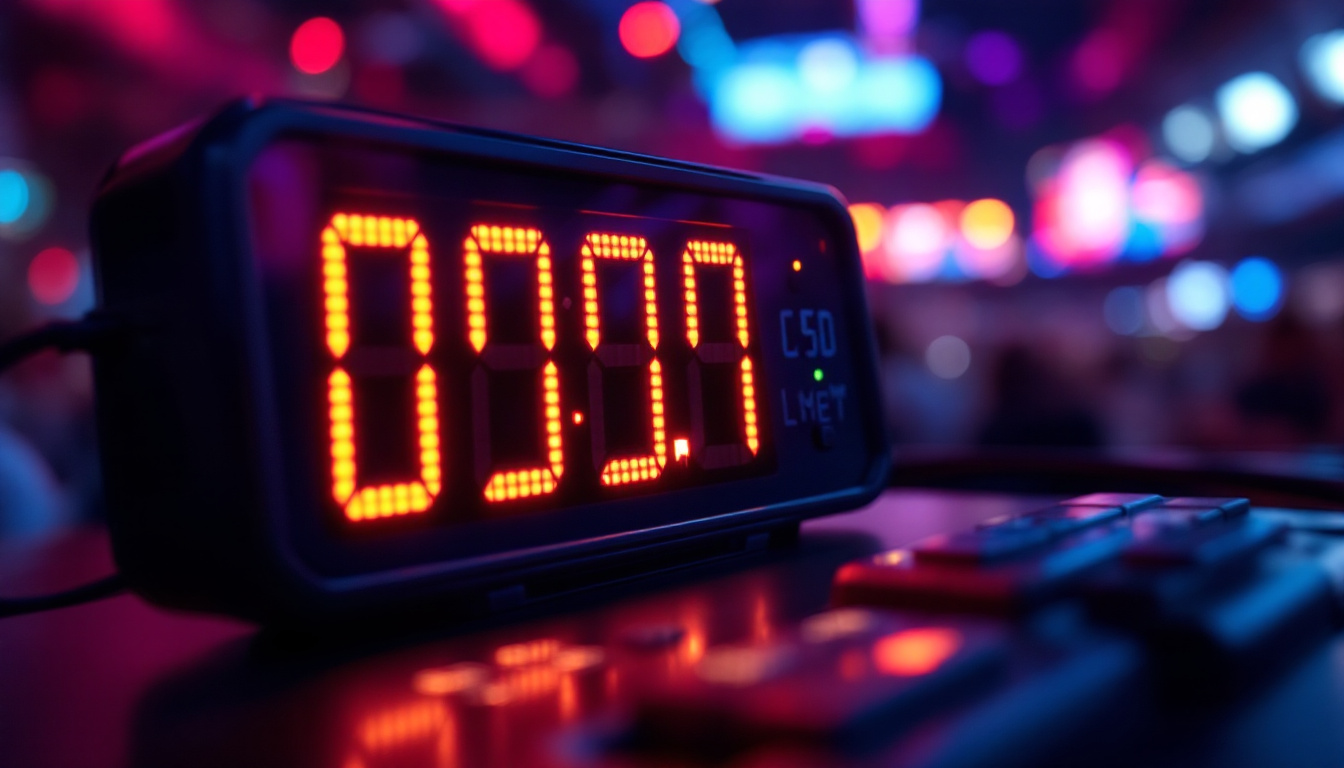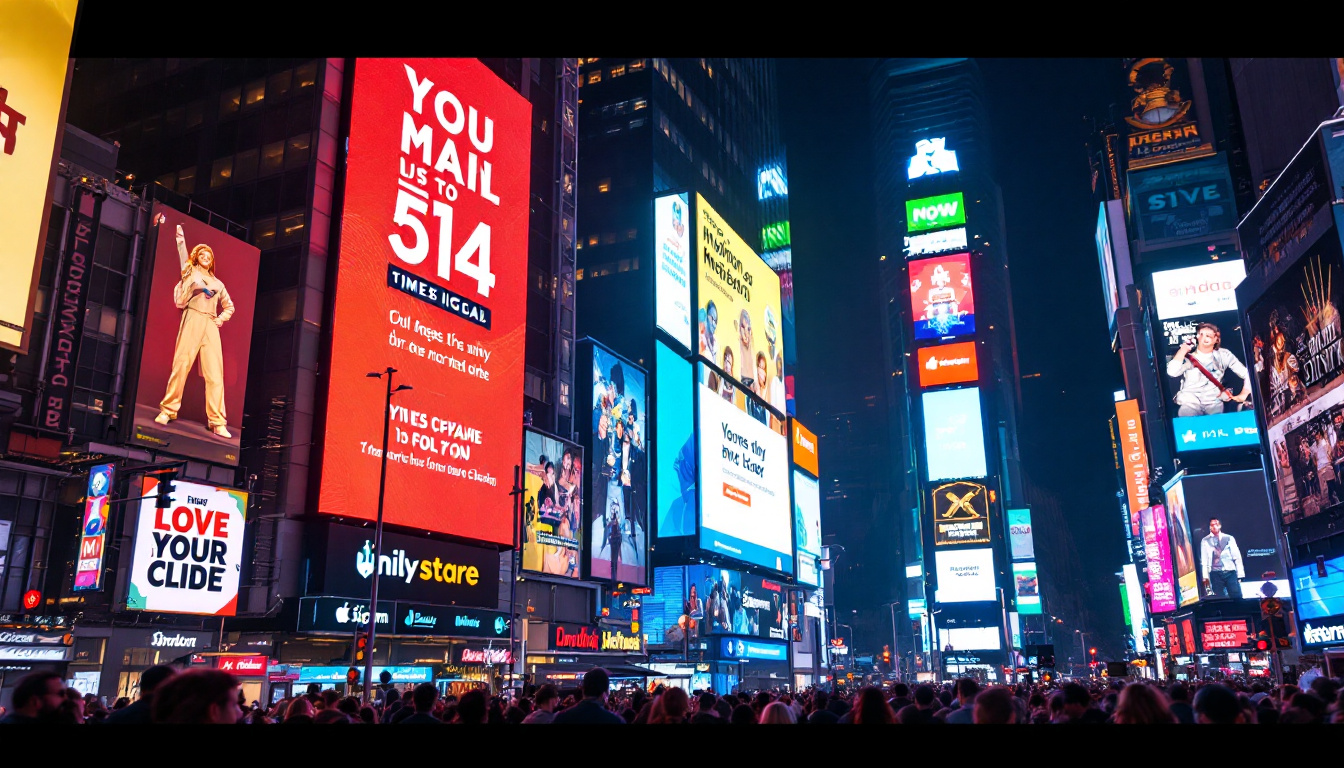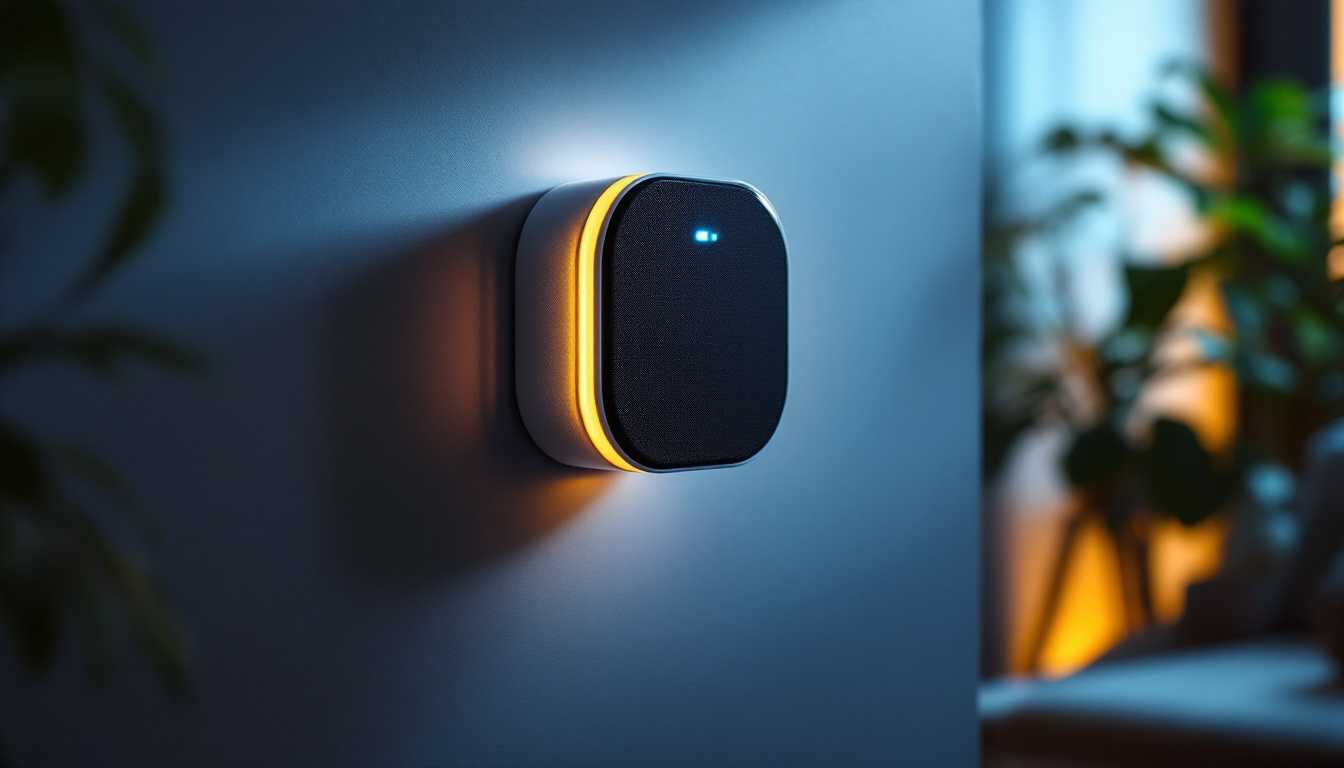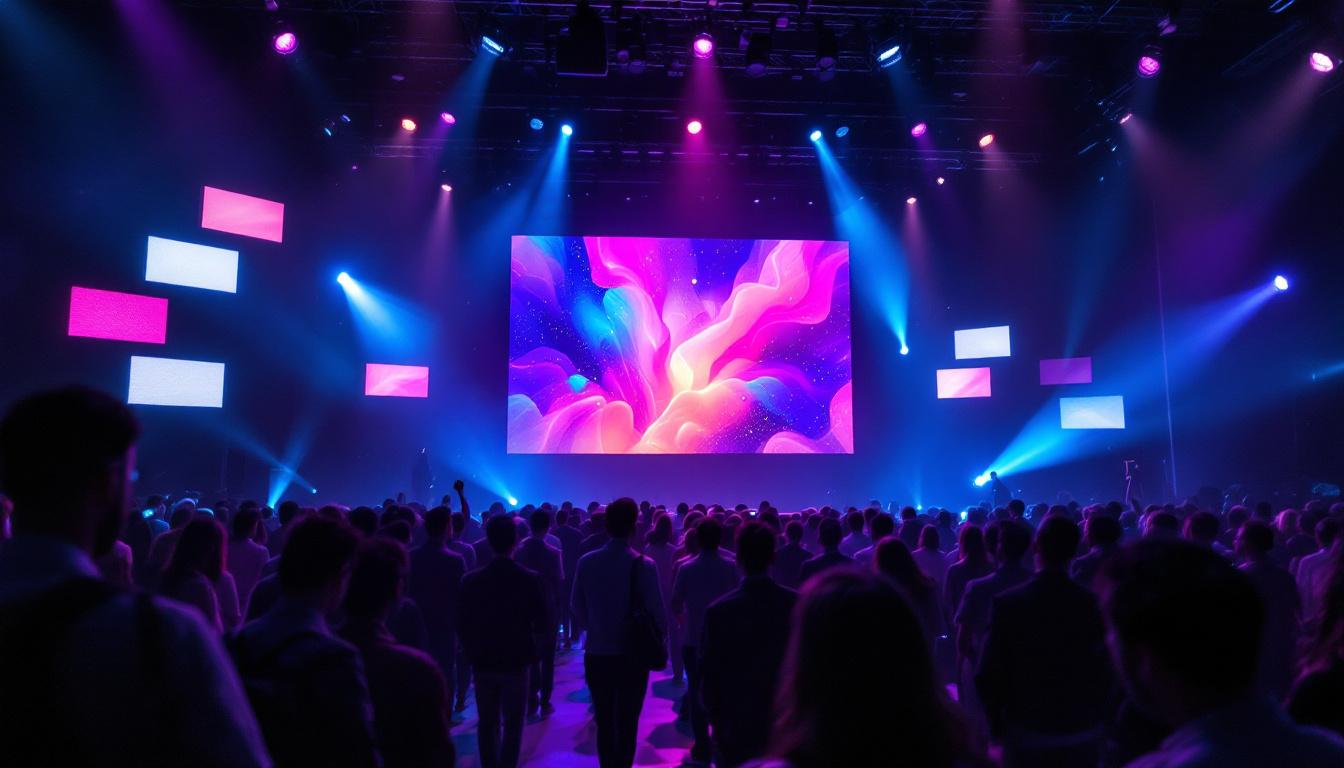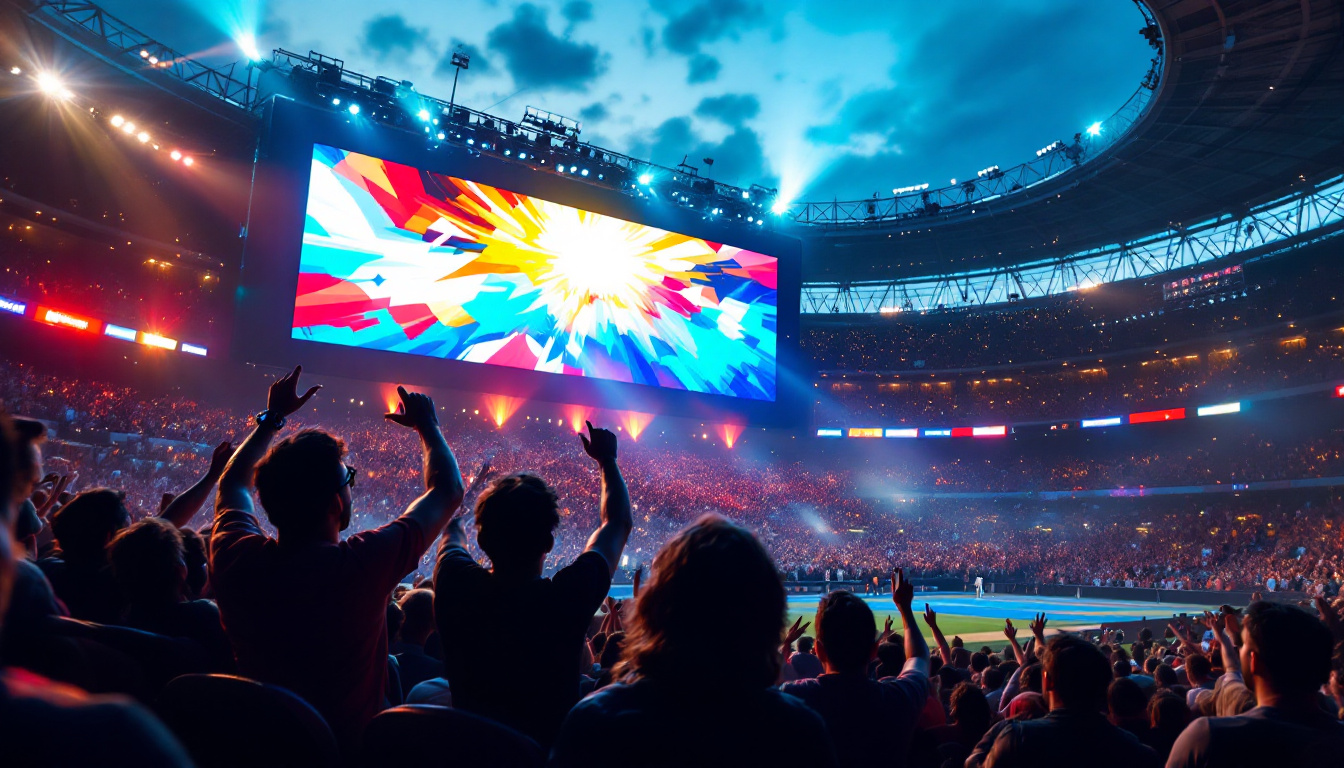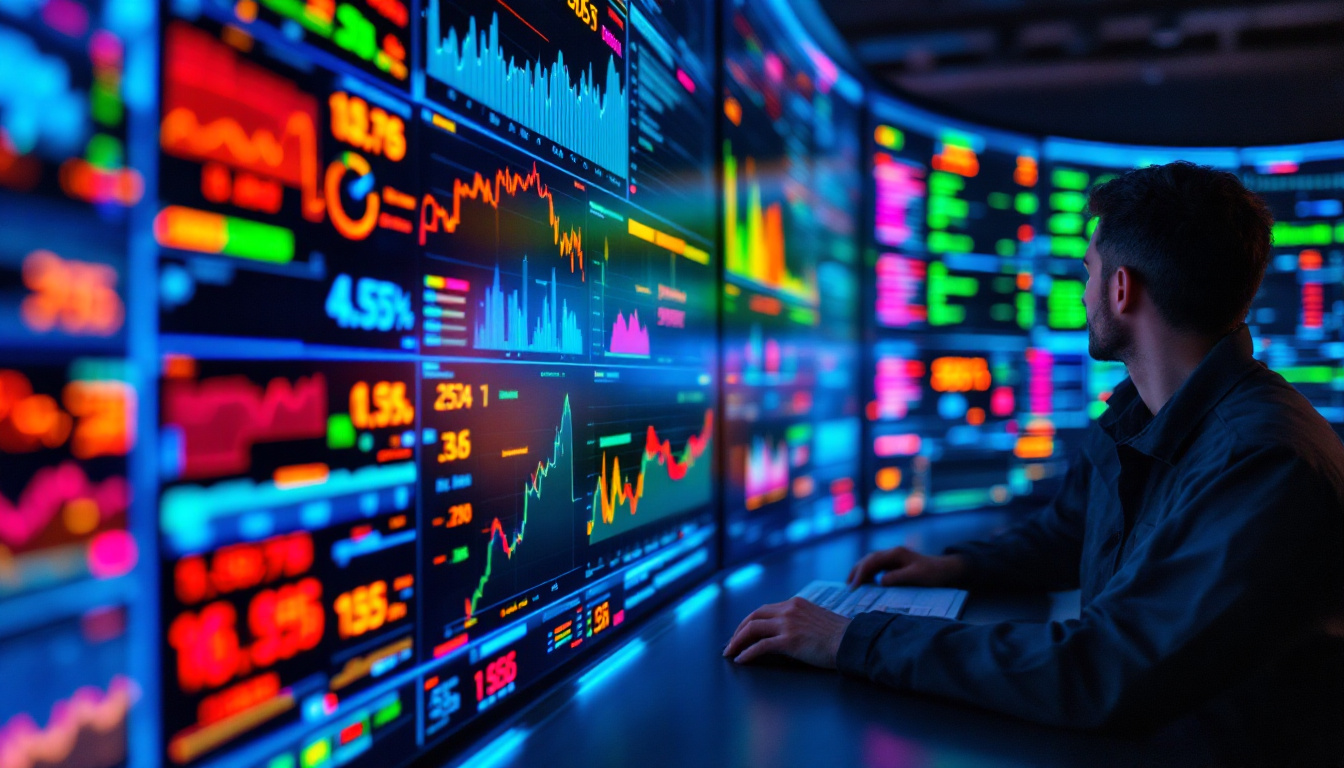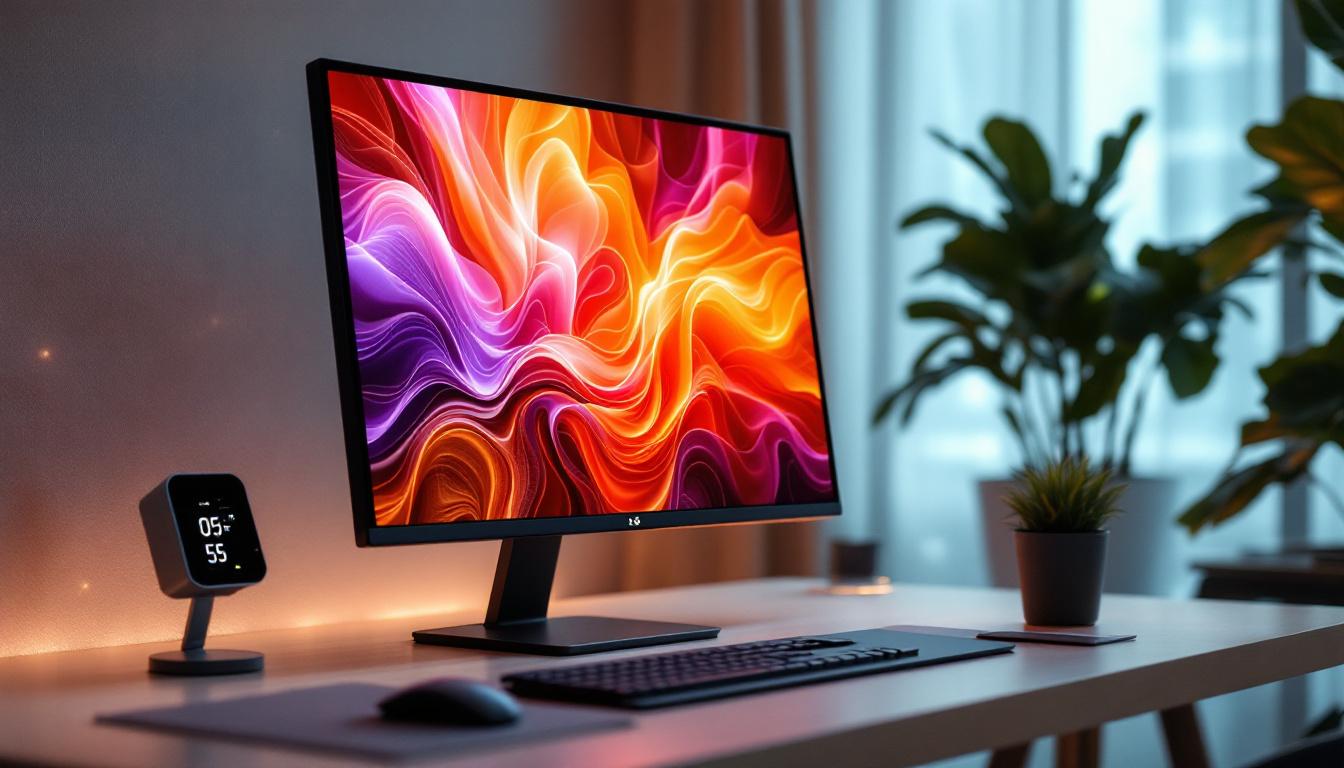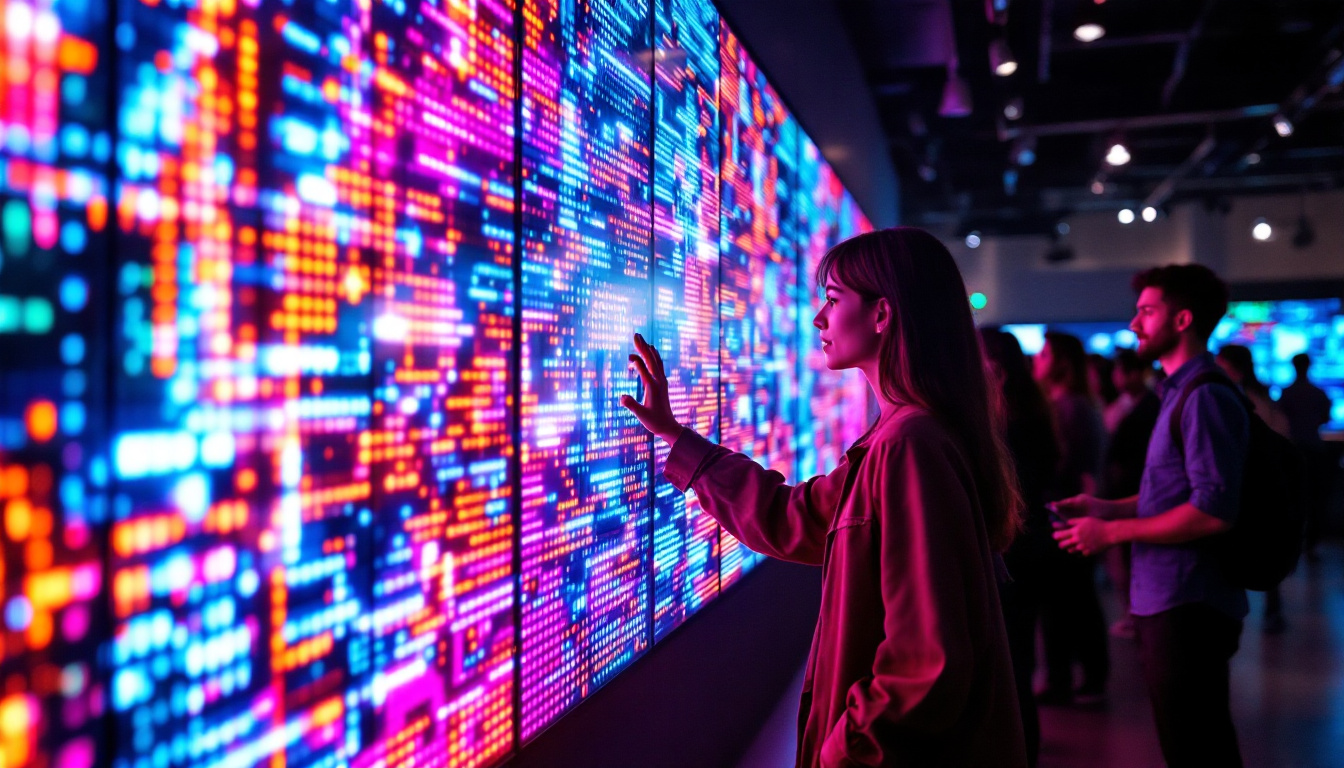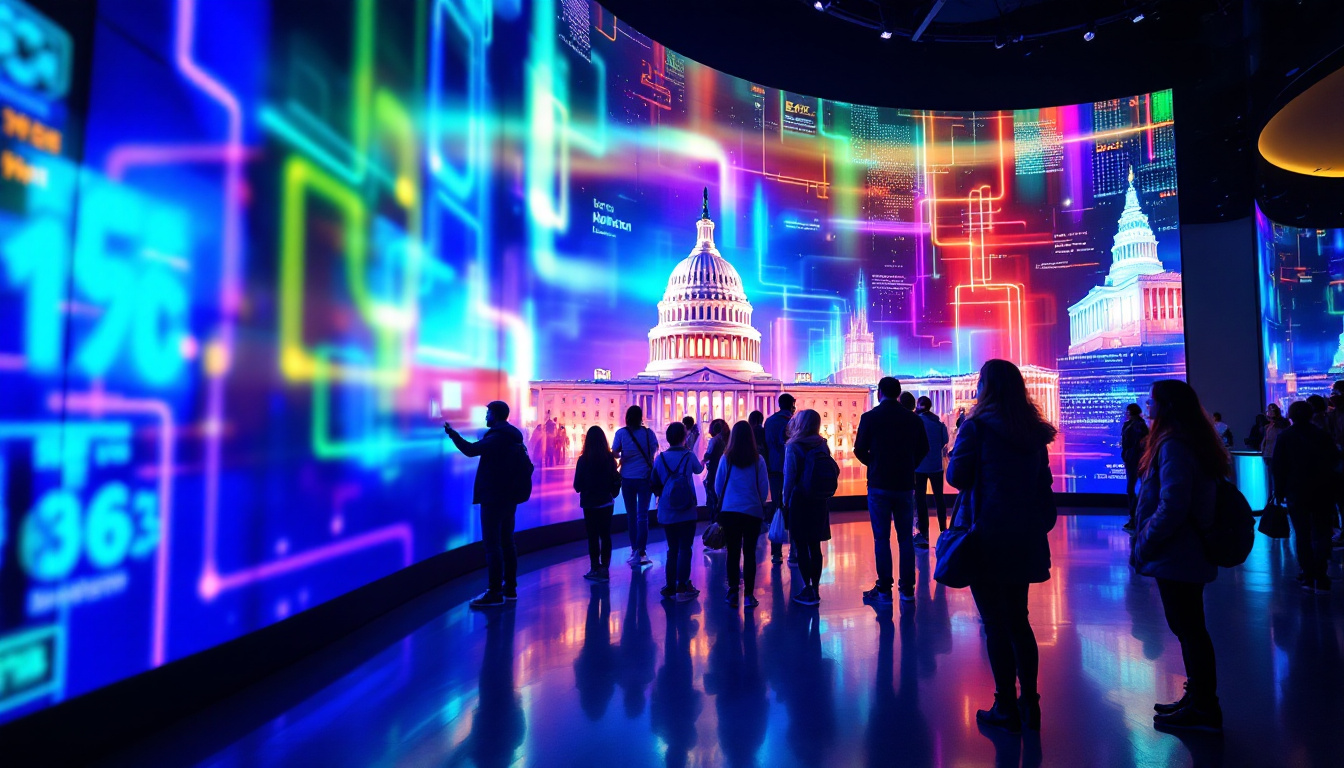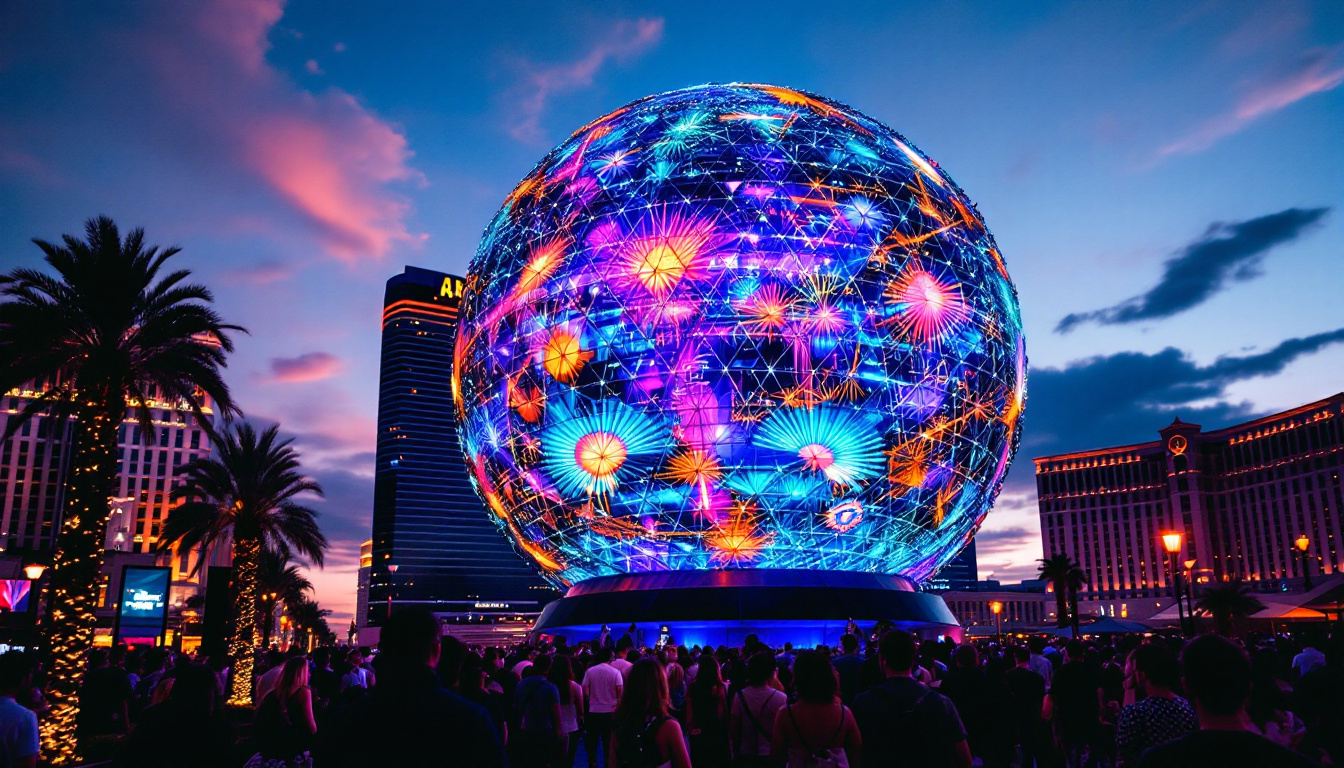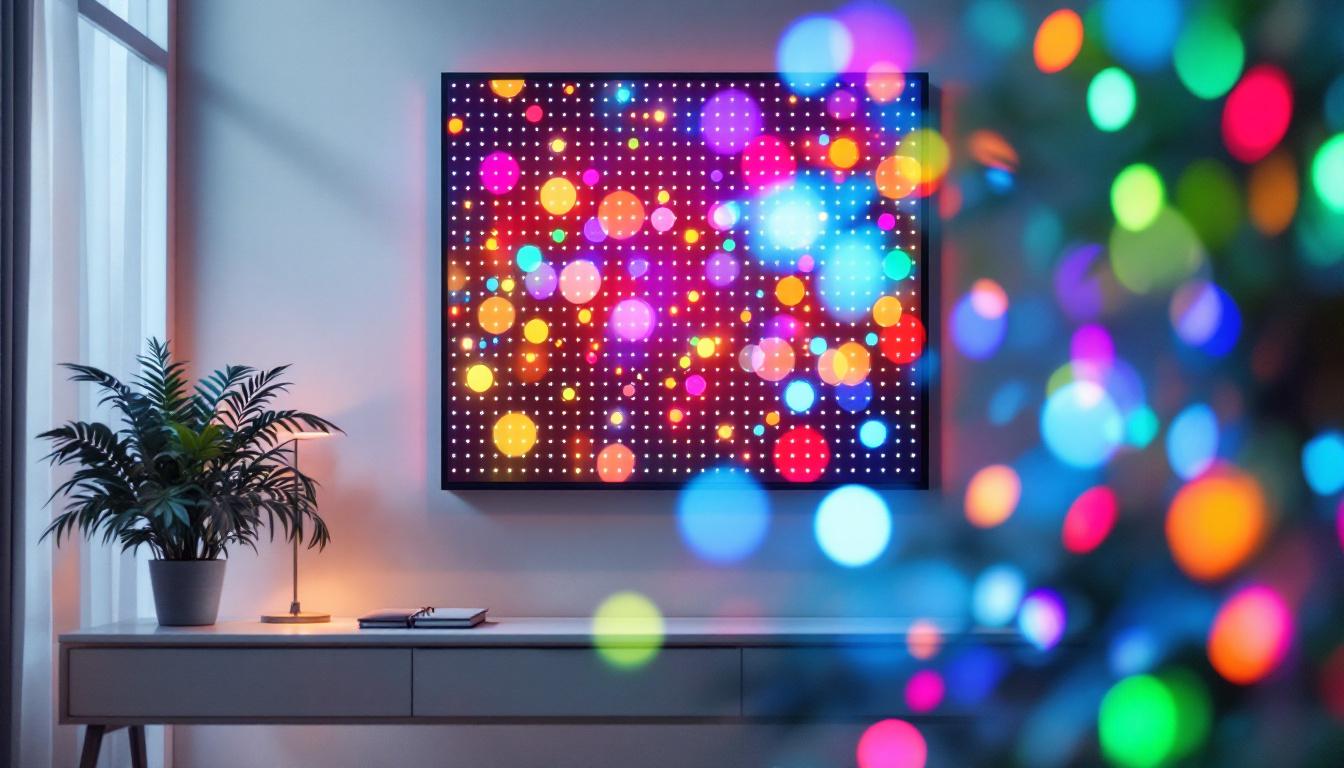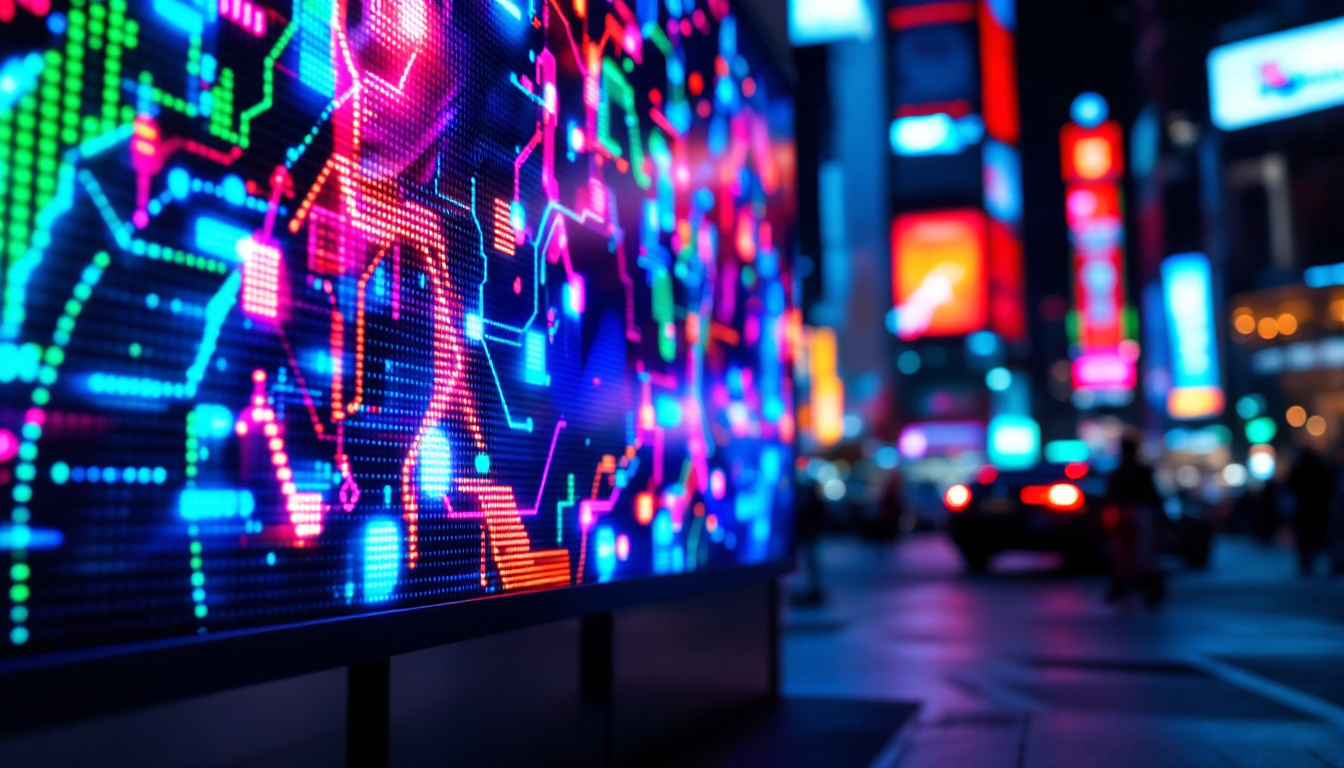In the modern world, digital displays are an integral part of everyday life. From smartphones and televisions to billboards and stadium screens, the technology behind these displays has evolved significantly over the years. One of the most prominent types of digital screens is the LED display. This article will delve into the intricacies of LED technology, exploring its advantages, applications, and future trends.
Understanding LED Technology
LED, or Light Emitting Diode, is a semiconductor device that emits light when an electric current passes through it. Unlike traditional incandescent bulbs, which produce light by heating a filament, LEDs generate light through electroluminescence. This fundamental difference in operation leads to various benefits, making LEDs a popular choice for digital displays.
The Science Behind LEDs
The core of LED technology lies in its semiconductor materials, typically composed of gallium, arsenic, and phosphorous. When electrons recombine with holes in the semiconductor, energy is released in the form of photons, which we perceive as light. This process is highly efficient, allowing LEDs to produce more light while consuming less energy compared to other lighting technologies.
Moreover, the color of the emitted light can be manipulated by altering the semiconductor materials used. This versatility enables the creation of displays that can show a wide range of colors, making them ideal for vibrant and dynamic visual presentations. Additionally, the lifespan of LEDs is significantly longer than that of traditional bulbs, often exceeding 25,000 hours, which translates to years of maintenance-free operation. This longevity not only reduces replacement costs but also minimizes waste, contributing to a more sustainable approach to lighting.
Types of LED Displays
LED displays can be categorized into several types, each serving different purposes and applications. The most common types include:
- Direct View LED (DVLED): These displays consist of individual LED modules that are directly visible to the viewer. They are often used in large outdoor screens and indoor venues.
- LED-backlit LCD: These displays use LEDs as a backlight for liquid crystal displays (LCDs). This combination enhances brightness and contrast, making it a popular choice for televisions and monitors.
- Organic LED (OLED): A newer technology that uses organic compounds to emit light. OLED displays offer superior color accuracy and contrast but are generally more expensive.
In addition to these common types, there are also specialized LED displays designed for niche applications. For instance, Transparent LED displays are gaining traction in retail environments, allowing for eye-catching advertisements without obstructing views. Similarly, Flexible LED displays can be bent and shaped to fit unconventional spaces, opening up new possibilities for creative installations. These innovations highlight the adaptability of LED technology, catering to the evolving demands of modern visual communication.
Furthermore, advancements in LED technology continue to push the boundaries of what is possible. Innovations such as MicroLED and MiniLED are emerging, offering even greater resolution and efficiency. MicroLED technology, in particular, promises to deliver self-emissive pixels that can achieve stunning picture quality while maintaining low power consumption. As these technologies develop, they are set to revolutionize not only how we experience displays but also how we interact with our environments, paving the way for smarter, more immersive experiences.
Advantages of LED Displays
LED displays have gained immense popularity due to their numerous advantages over traditional display technologies. Understanding these benefits can help consumers and businesses make informed decisions when selecting digital screens.
Energy Efficiency
One of the most significant advantages of LED displays is their energy efficiency. LEDs consume significantly less power than traditional incandescent or fluorescent lights. This efficiency not only reduces electricity bills but also contributes to a lower carbon footprint, making LED displays an environmentally friendly option. In fact, switching to LED technology can lead to energy savings of up to 80%, which is particularly beneficial for large-scale installations such as billboards or commercial signage.
Longevity and Durability
LED displays are known for their long lifespan. While traditional bulbs may last a few thousand hours, LEDs can last up to 50,000 hours or more with proper usage. This durability makes them an ideal choice for applications where frequent replacements would be costly and inconvenient. Furthermore, the reduced need for replacement not only saves money but also minimizes waste, aligning with sustainable practices.
Additionally, LEDs are more resistant to shock and vibration compared to traditional displays. This resilience makes them suitable for outdoor environments and high-traffic areas, where durability is essential. The robust construction of LED displays also means they can withstand extreme weather conditions, such as heavy rain or intense sunlight, without compromising performance. This adaptability is particularly advantageous for businesses that require reliable visibility in various environmental settings, ensuring that their messages are always effectively communicated.
Moreover, LED technology allows for greater flexibility in design and installation. With the ability to create screens of various shapes and sizes, businesses can customize their displays to fit specific spaces and branding needs. This versatility opens up a world of creative possibilities, enabling companies to engage audiences in innovative ways, whether through dynamic advertisements or interactive installations that capture attention and enhance user experience.
Applications of LED Displays
LED technology has found applications across various sectors, revolutionizing how information is presented and consumed. From advertising to entertainment, the versatility of LED displays is remarkable.
Advertising and Marketing
One of the most prominent uses of LED displays is in advertising. Digital billboards and signage leverage the vibrant colors and high brightness of LEDs to capture the attention of passersby. Brands can display dynamic content, including videos and animations, allowing for more engaging advertising campaigns.
Furthermore, the ability to change content quickly and remotely makes LED displays an attractive option for businesses. Advertisers can tailor their messages based on the time of day, audience demographics, or current events, maximizing the effectiveness of their campaigns.
Entertainment and Events
In the entertainment industry, LED displays have transformed how audiences experience live events. Concerts, sports games, and festivals often feature massive LED screens that enhance the visual experience. These displays can show live feeds, graphics, and special effects, creating a more immersive atmosphere for attendees.
Moreover, the flexibility of LED technology allows for creative stage designs. The modular nature of LED panels enables intricate arrangements, providing a canvas for artistic expression in performance settings.
Information Displays
LED displays are also widely used for information dissemination in public spaces. Train stations, airports, and shopping malls utilize LED screens to provide real-time updates on schedules, directions, and promotions. Their high visibility ensures that crucial information reaches a broad audience efficiently.
Challenges and Considerations
Despite their numerous advantages, LED displays are not without challenges. Understanding these limitations can help users make informed decisions and optimize their use of this technology.
Cost Implications
While the prices of LED displays have decreased over the years, they can still represent a significant investment, especially for large installations. The initial costs may deter some businesses from adopting this technology, particularly smaller enterprises with tighter budgets.
However, it is essential to consider the long-term savings associated with energy efficiency and reduced maintenance costs. Over time, the return on investment can justify the initial expenditure.
Brightness and Visibility Issues
LED displays are known for their brightness, but this can also pose challenges. In certain environments, especially outdoor settings, excessive brightness can lead to glare, making it difficult for viewers to see the content clearly. Proper calibration and placement are essential to mitigate this issue.
Additionally, the viewing angle of LED displays can affect visibility. Some LED technologies may have limited viewing angles, which can be a concern for large audiences. Choosing the right type of LED display for specific applications is crucial to ensure optimal performance.
Future Trends in LED Display Technology
The LED display industry is continuously evolving, with advancements in technology paving the way for exciting developments. Understanding these trends can provide insight into the future of digital displays.
MicroLED Technology
MicroLED is an emerging technology that promises to revolutionize the display market. Unlike traditional LEDs, which consist of larger individual diodes, MicroLEDs are tiny, self-emissive pixels that can create stunning images with exceptional color accuracy and contrast. This technology has the potential to deliver even thinner and lighter displays, making it ideal for portable devices and large-scale installations.
Integration with Smart Technology
As the world becomes increasingly interconnected, LED displays are being integrated with smart technology. This integration allows for enhanced interactivity and personalization. For instance, smart LED displays can analyze viewer behavior and preferences, tailoring content to individual users for a more engaging experience.
Furthermore, advancements in artificial intelligence (AI) are enabling LED displays to adapt in real-time, optimizing content based on environmental factors and audience engagement.
Environmental Sustainability
With growing concerns about environmental sustainability, the LED industry is focusing on developing eco-friendly solutions. Manufacturers are exploring ways to reduce the carbon footprint of production processes and improve recyclability. Innovations in materials and manufacturing techniques are expected to lead to more sustainable LED displays in the future.
Conclusion
LED displays have transformed the landscape of digital screens, offering unparalleled advantages in energy efficiency, durability, and versatility. Their applications span various industries, from advertising to entertainment, making them a vital component of modern communication and information dissemination.
While challenges exist, the ongoing advancements in LED technology promise a bright future for this dynamic field. As innovations continue to emerge, businesses and consumers alike can look forward to even more engaging and sustainable display solutions. Understanding the intricacies of LED technology not only empowers informed decision-making but also paves the way for a visually captivating future.
Discover Cutting-Edge LED Displays with LumenMatrix
Ready to elevate your visual experience with the latest in LED display technology? Look no further than LumenMatrix, a pioneer in crafting innovative LED solutions that bring your brand to life. From the immersive Indoor LED Wall Display to the dynamic Outdoor LED Wall Display, and from the versatile Vehicle LED Display to the sleek LED Poster Display, our range of products is designed to captivate and engage. Whether you’re in need of a robust LED Sports Display, an interactive Floor LED Display, a tailor-made Custom LED Display, an efficient All-in-One LED Display, or a transparent LED Display, LumenMatrix is committed to revolutionizing visual communication. Don’t miss the opportunity to transform your space with our advanced LED display modules. Check out LumenMatrix LED Display Solutions today and start creating unforgettable visual narratives for your audience.

